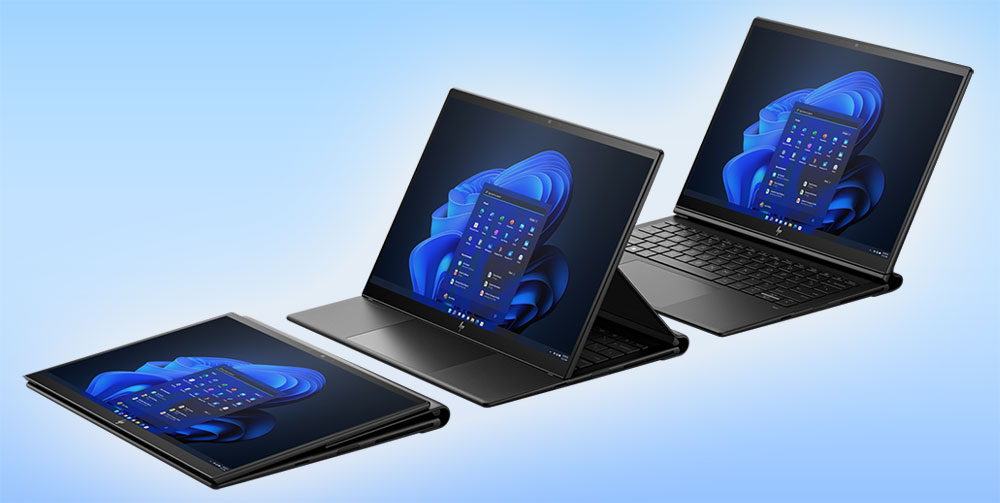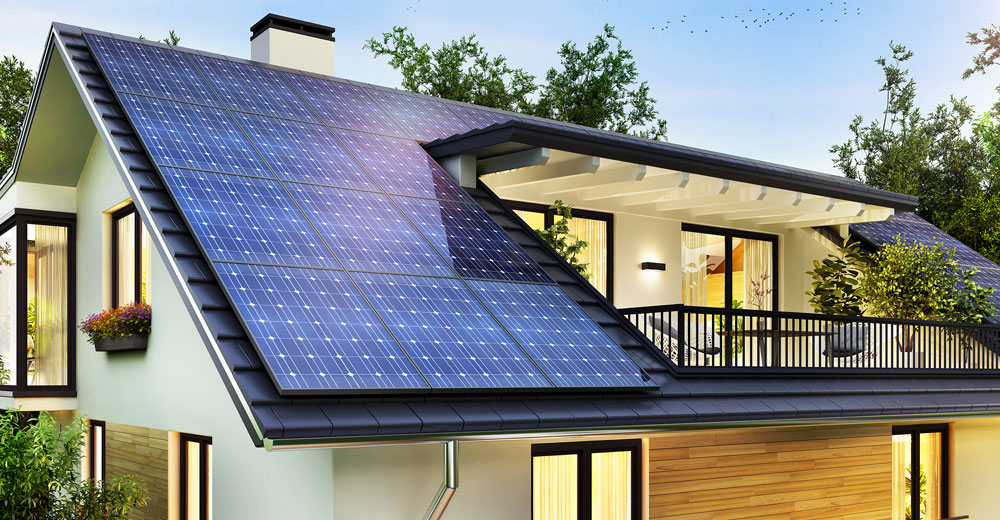I was an early adopter of the current generation of solar technology when I put panels on our San Jose house in the early 2000s, only to watch the yield from those panels drop sharply over the following 20 years.
On our latest home, we use current-generation LG panels, which promise to hold over 90% of their generating capacity for that same time. However, not only am I unable to get the Tesla batteries I ordered last year (I’m told I may have them by next summer), I know I’m wasting a ton of energy because my energy use is unmonitored.
A truly green home is not just solar. It has a managed energy system so that you can optimize use. But home energy management systems that work well with solar are exceedingly rare, and I have been disappointed in each one I have tested.
Lunar Energy, run by ex-Tesla executive Kunal Girotra, appears to be one of the first next-generation solar companies focused more on electrical efficiency than generation.
Lunar is an early version of a coming wave of solar companies that will increasingly branch off from solar generation to energy management, providing a far stronger ROI for their products.
This week let’s talk about how the move to solar will change how we manage electricity and how appliances are made. Then we’ll close with my product of the week: the new Dragonfly Folio from HP.
The Problem With Solar
Solar energy is cheap. Actually, it’s free, but sadly, the technology we need to use it is anything but. My last installation, which was heavily subsidized by the California and U.S. governments, still set me back nearly $30,000 — even after the subsidies — and my current system is closer to $100,000.
The direct benefit is that during the summer, my power bill has gone from over $700 a month to under $50. But the winter is a different story. You see, solar power is driven by the sun. In the winter, when the sun is lower on the horizon, it doesn’t convey as much power to the panels, but you still need the energy to heat the house.
Granted, much of my home is heated with gas now, but I would like to go all-electric. It still cut my energy bill by nearly two-thirds, but solar only works during the day and when the sun is out. So, you need some form of alternative power source if you do not want to go dark at night or on cloudy days.
If you remain grid-tied, without batteries, if the power goes out even in the middle of a sunny summer day (as it did for me the other day), you will still lose power. Batteries are not only expensive, but you must also pull enough power to both charge them and power your house during the day, increasing your need for more solar-sourced power.
Now if you remain on-grid, you will not have to pay this every night but only when you discharge the batteries during an outage. If you go off-grid, it means you will need around 30% extra capacity.
But what if you also focused on improving efficiency?
The Promise of Firms Like Lunar Energy
This is where these next-generation solar companies are focused: less on generating energy and more on increasing the efficiency of energy use. While Lunar Energy appears to be working on more efficient whole-house batteries, initially, their overall effort is more focused on efficiency than generation.
If you can make your home more efficient, you don’t need as much solar or as many batteries. This efficiency focus works whether you are solar-powered or powered from the electrical grid. You could use an energy management system regardless of how you source your power.
You could also potentially do things like power down your chargers when the batteries they are charging are at full capacity and only power them on again when those batteries are below 50%. This would help the batteries last longer and potentially reduce daily energy use.
In the past, tests of the Energy Star rating system showed huge holes in their process. This management capability would also highlight appliances that are wasteful, force appliance manufacturers to improve their own energy efficiency and catch those that might still be gaming the system.
Next-Gen Solar Appliances
Now there are companies like Sundanzer that have built appliances for off-grid homes for years, but the features and capabilities of these appliances remind me of what my grandmother had back in the 1960s. Manual defrost, no cold water or ice-making capabilities, limited capacity, and, for the most part, nothing you’d call attractive. But they are incredibly efficient.
What I anticipate with the next generation of appliances from companies focused on solar homes blends the efficiency of the off-grid offerings with the capabilities and appearance of the current generation of modern appliances — so we can have the features we want at near the efficiency of an off-grid product.
Wrapping Up
Lunar Energy is one of the first of a new generation of solar energy companies focused more on the efficient use of energy than on its generation.
I expect that by the end of the decade we will see entirely new companies coming to market with increasingly efficient appliances, more advanced home energy management systems, far better whole-house battery solutions, and a more comprehensive approach to green energy generation and use.
We are just at the beginning of this solar energy wave. Over the next 20 years, kitchen and home designs will change, appliances will change, and we will be using AI to ensure the efficient use of every watt of energy we generate. Altogether, this effort should result in a massive reduction of greenhouse gas creation and a big step toward countering global climate change.

HP Dragonfly Folio G3
I get to review a lot of laptops over the course of a year, and one that consistently has been my favorite is the HP Folio. This line has gone through a number of iterations. It started out as a consumer-focused device, drifted into business with the Elite Folio that I’m using to write this, to the launch of its successor: the HP Dragonfly Folio G3.
The Elite Folio fixed my biggest complaint with the Folio, which was the odd colors. It came in brown and burgundy, and I am sure the 80s wanted their colors back. But last generation, HP moved to black, used the updated Qualcomm Snapdragon processor and graphics, and improved the pen dock and sim slot. With all of that, the Elite Folio became my go-to laptop for the year.
Well, I just met the HP Dragonfly Folio G3, and now my old Elite Folio feels sadly out of date.

HP Dragonfly Folio G3 / Image Credit: HP
HP found that IT buyers just didn’t want to risk a Qualcomm product. While that chip has worked fine for me — and I really appreciated the massive battery life — other users complained about it being laggy. This is due to having to run an x86 emulator, which pulled performance from a part that was performance-constrained to begin with.
In addition, Intel has convinced IT buyers that they need vPro even though most currently do not seem to use that capability (Microsoft is working to make Windows work with ARM natively, which should eventually address the performance problem with Snapdragon).
So, the HP Dragonfly Folio G3 has improved the camera, added a privacy screen option, and while it has taken a battery life hit, it is noticeably faster (Qualcomm’s Snapdragon part leads the industry in battery life).
In short, HP took my favorite laptop and made it better, so I am in love again, and the HP Dragonfly Folio G3 is my product of the week.

























































